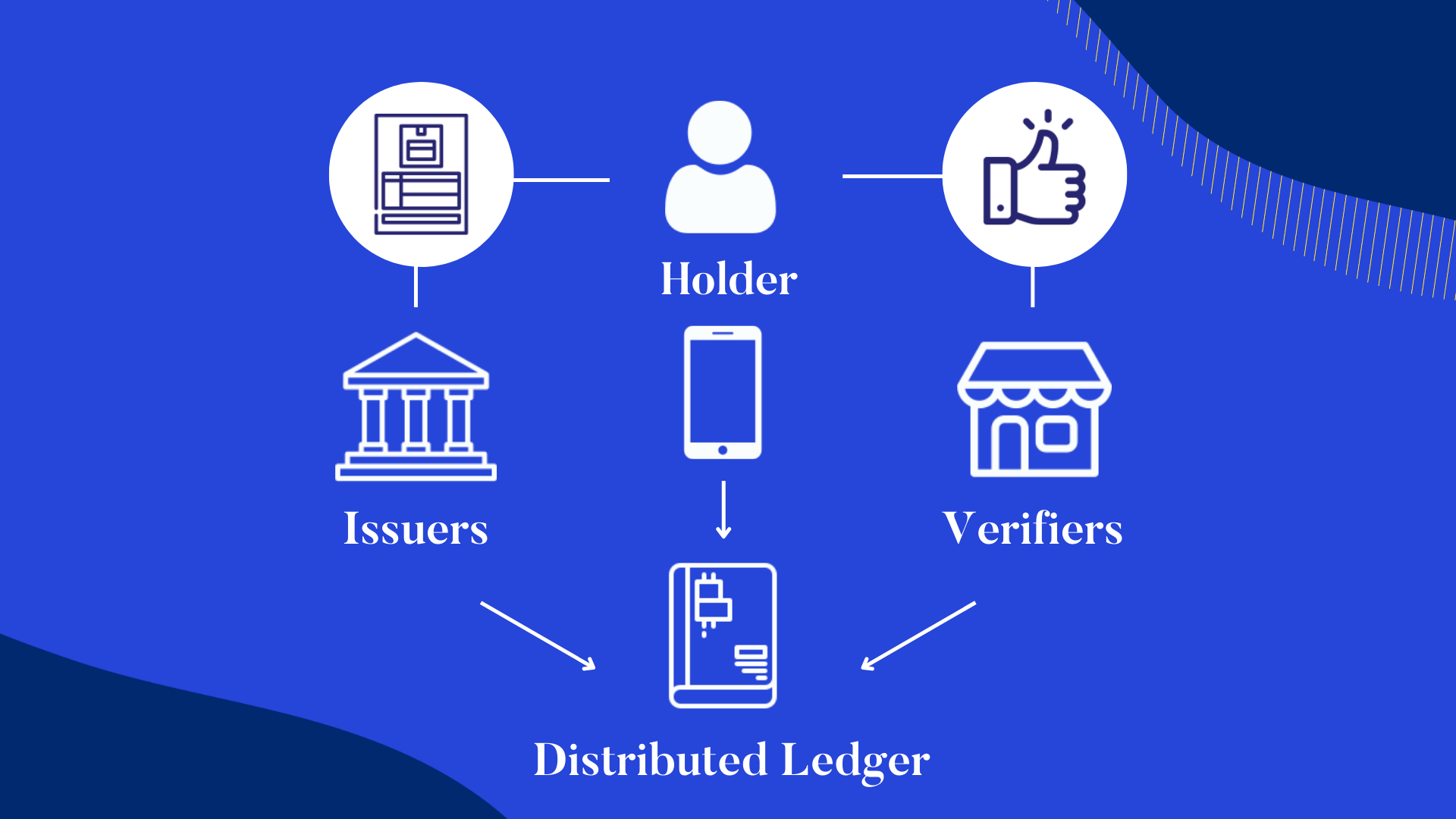
In Verifiable Credentials We Trust: The Intrinsic Value of Digital Identity
Want to know one of the biggest ironies of living in an increasingly digital world where trust is paramount? The tools we have to verify our identity — which is critical to establishing trust — are almost exclusively analog. Just think of all the physical documents you need in everyday life, whether it’s a birth certificate, a driver’s license, or a passport.
Unfortunately, the ways that organizations verify identity are inefficient. Paper documentation is difficult to authenticate and forgeries happen constantly. In 2021 alone, more than 395,000 people in the US reported someone submitting a fraudulent government document under their name.
Identity Goes Digital
Georgian recently invested in Trinsic, a company that’s helping governments, banks, insurance companies, automobile brands, startups, and many more organizations across the globe build the future of identity. Trinsic’s customers have collectively deployed user-controlled identity products to over 100,000 end-users, creating a digital identity that’s just as legitimate and nuanced as their physical one.
Trinsic does this by making it easier to share and verify personal data online using verifiable credentials. In other words, their solution lets people prove facts about themselves without having to photograph or scan paper documents, like their driver’s license, health insurance card, employee ID card, vaccination record, college transcript, business license, or any number of other docs. What’s more, Trinsic does this in a way that preserves your privacy, without sharing any of your data.
Imagine applying for a new job as an example. As part of the process, you might have to provide a copy of your diploma or some other certification. While finding those documents might be an inconvenience for you, traditional ways of verifying their accuracy is also a hassle for your potential new employer.
Trinsic lets you avoid these challenges by allowing you to store and express your real-life credentials — such as a diploma — in a secure and trustworthy manner using cryptographic proofs that confirm who issued the credential and that it hasn’t been tampered with. All this can be done without needing to ‘phone home’ to some centralized system to verify the thing you are presenting. It’s all encoded in the credential itself.
That not only gives you more control and access to your credentials when you need them, it also allows you to grant access to third parties like a potential employer to verify them using the issuer’s public key. In that way, everyone can instantly get the assurance they need that the credentials are valid and haven’t been tampered with.

Trinsic’s Platform
Ultimately, Trinsic’s platform helps organizations implement identity solutions and establish digital trust. Developers use Trinsic’s easy-to-integrate software development kit to build fit-for-purpose identity wallets or embed verifiable credentials into existing applications.
In doing so, it saves organizations from building and maintaining their identity solution from scratch or piecing it together using multiple API integrations to share data about people.
In this way, Trinsic is bringing distributed trust infrastructure to the internet so that people can control their own data and share it more easily. Today, their APIs have been used by more than 2,000 developers and support some of the largest verifiable credentials implementations in the world.
Enabling Decentralized Trust
The work that Trinsic is doing is an important step toward allowing what have traditionally been slow transactions — paper or plastic based interactions that require a lot of manual verification of information — to instead happen digitally and instantaneously. At the same time, Trinsic gives users much greater control over their own data and privacy including allowing them to prove something to a third party without having to necessarily disclose specific personal data in the process.
At Georgian we believe a decentralized, user-centric approach to trust and digital identity will be a core component of Web3. Trinsic is the leader in software infrastructure for user-centric digital identity applications providing an easy-to-use, privacy preserving and developer friendly product. We’re excited to be working with Trinsic as they continue to lead the way in digital identity.
Read more like this
Testing LLMs for trust and safety
We all get a few chuckles when autocorrect gets something wrong, but…
Introducing Georgian’s “Crawl, Walk, Run” Framework for Adopting Generative AI
Since its founding in 2008, Georgian has conducted diligence on hundreds of…